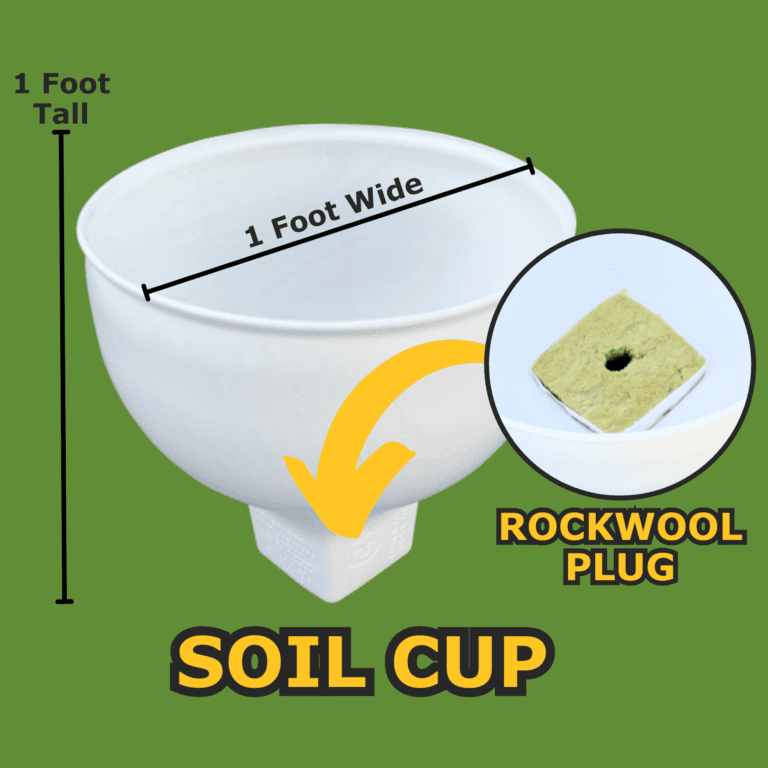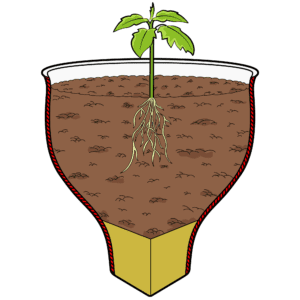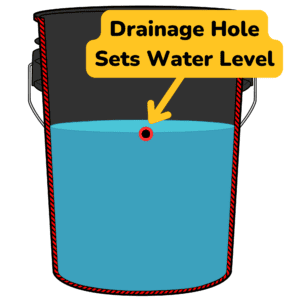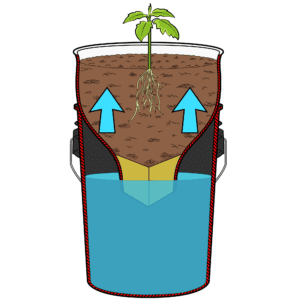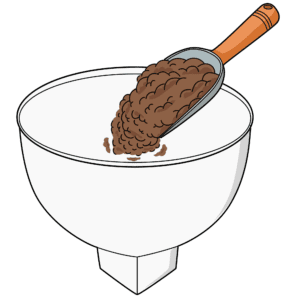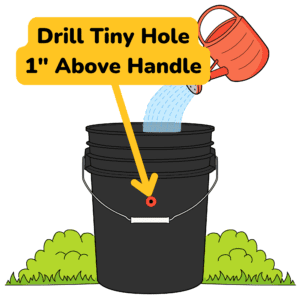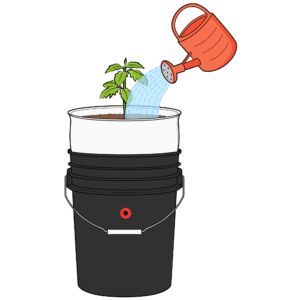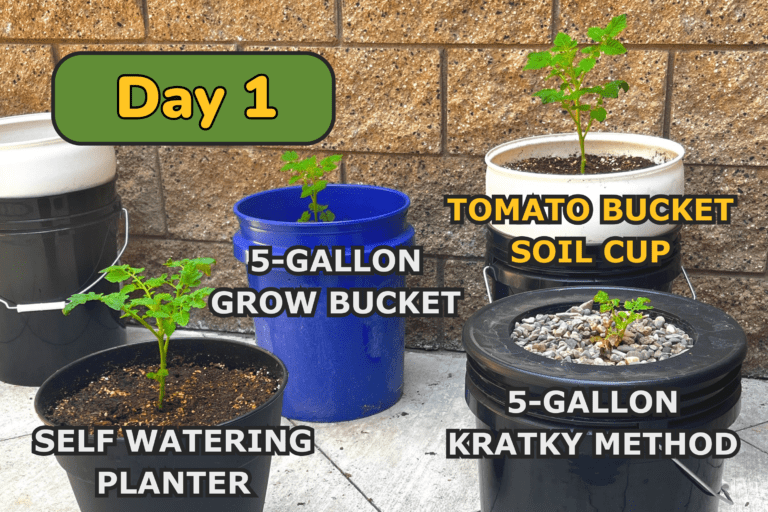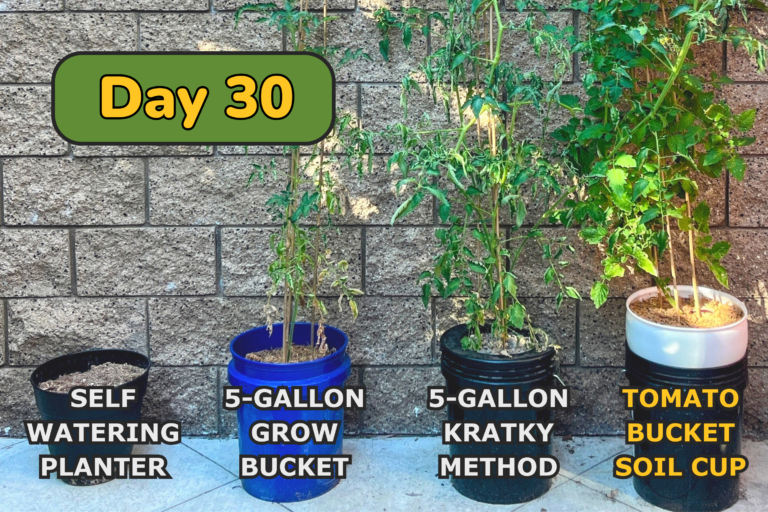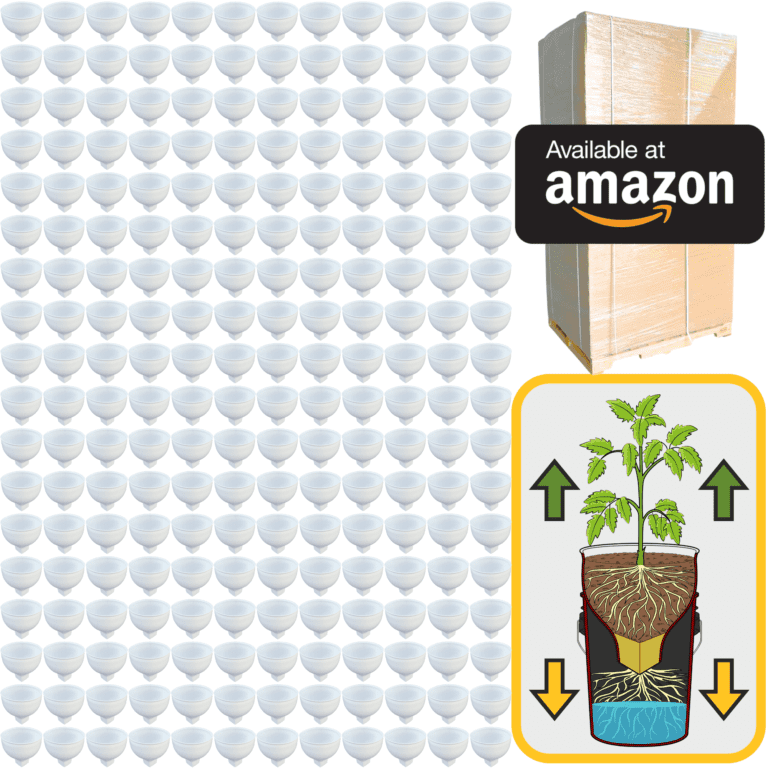Managing and troubleshooting your hydroponic system can sometimes feel like a puzzle, but with patience and practice, you’ll become adept at keeping your garden flourishing. It’s important to remember that every hydroponic gardener encounters challenges; what matters is how you respond to them. With a solid understanding of your system, the factors that affect plant health, and some proactive maintenance strategies, you can create an environment where your plants not only survive but thrive.
One of the most critical aspects of maintaining a hydroponic system is regularly monitoring the pH of your nutrient solution. pH levels directly impact your plants’ ability to absorb nutrients. Most plants prefer a slightly acidic environment, typically between 5.5 and 6.5. Testing the pH frequently will help you catch any fluctuations before they become problematic. If you notice signs of nutrient deficiencies, like yellowing leaves or stunted growth, it’s wise to check the pH right away. If it’s outside the desired range, adjusting it with pH up or pH down solutions is a straightforward process that can restore balance and keep your plants healthy.
Along with pH, keep a close watch on the nutrient concentrations. It’s easy to over-fertilize or under-fertilize, especially when you’re just starting. Over-fertilization can lead to nutrient burn, where the tips of leaves turn brown and crispy. On the flip side, under-fertilization can result in pale, weak plants that struggle to grow. Learning to recognize the signs of nutrient imbalances will become second nature as you spend time observing your plants. With experience, you’ll develop a keen eye for what a healthy plant looks like and what it needs.
Pests can also pose challenges in hydroponics, even if they are less common than in soil-based gardening. Regularly inspecting your plants for any signs of pests is essential. Look for tiny holes in the leaves, webbing, or even the insects themselves. If you spot a problem, take action quickly. Natural remedies, such as neem oil or insecticidal soap, can effectively manage pests without harming your plants. Additionally, keeping your growing area clean and maintaining good air circulation can help deter infestations.
Equipment maintenance is another vital part of the troubleshooting process. Your hydroponic system relies on pumps, timers, and other equipment to function correctly. Periodically check to ensure everything is working as it should. If a pump fails, it can disrupt water flow and lead to plant stress. Familiarize yourself with your equipment manuals, and consider doing routine checks to prevent surprises. It’s also a good idea to have spare parts or backup equipment handy, so you’re prepared for any unforeseen issues.
Temperature and humidity are environmental factors that can also affect your hydroponic garden. Most plants thrive in temperatures ranging from 65 to 75 degrees Fahrenheit during the day, with slightly cooler temperatures at night. If your environment becomes too hot, consider using fans for ventilation or adjusting your lighting setup to prevent overheating. Conversely, if it gets too cold, especially at night, using heat mats can help maintain a comfortable temperature for your plants. Monitoring humidity levels is equally important, as most plants prefer a humidity range of 40% to 60%. Too much humidity can lead to mold and mildew, while too little can cause plants to dry out. A hygrometer can help you keep track of humidity, and adjusting your setup can create the ideal conditions for growth.
As you navigate the ups and downs of hydroponic gardening, embrace the learning process. Each challenge you encounter is an opportunity to expand your knowledge and become a more skilled gardener. Keep a journal to document your observations, noting any problems that arise and the solutions you implement. This record will not only help you troubleshoot in the future but also serve as a personal guide to understanding your unique hydroponic environment.
Don’t hesitate to reach out to fellow gardeners, whether through online communities or local gardening groups. The gardening community is a treasure trove of knowledge, and sharing experiences can provide you with new insights and tips for overcoming challenges. You’ll find that many have faced similar issues and can offer valuable advice based on their experiences.
Ultimately, being a hydroponic gardener is about more than just managing a system; it’s about building a connection with your plants and nurturing their growth. As you learn to troubleshoot and maintain your system, you’ll develop a deeper appreciation for the intricacies of plant care. The joy of bringing your plants back to health after addressing a problem is immensely satisfying, and every successful recovery reinforces your skills and boosts your confidence.
So dive into the journey of hydroponics with an open heart and a willingness to learn. The experience of watching your plants thrive under your care is a remarkable one, full of lessons and joys. Embrace each moment spent nurturing your garden, and celebrate the triumphs as you cultivate a flourishing ecosystem that reflects your passion for growing. With each challenge you face and overcome, you’re not just nurturing plants; you’re nurturing your own growth as a gardener, creating a beautiful cycle of learning and flourishing in your hydroponic adventure.

